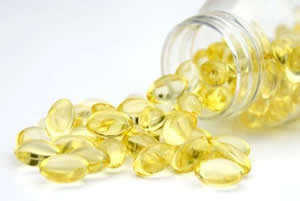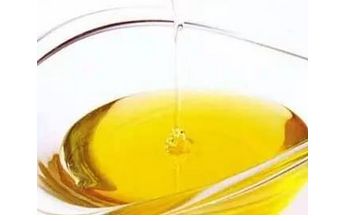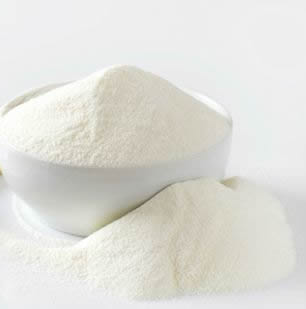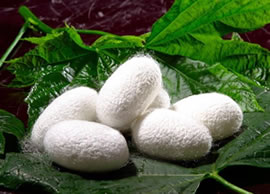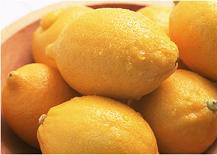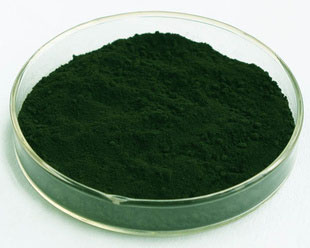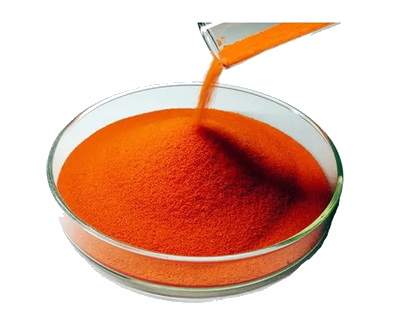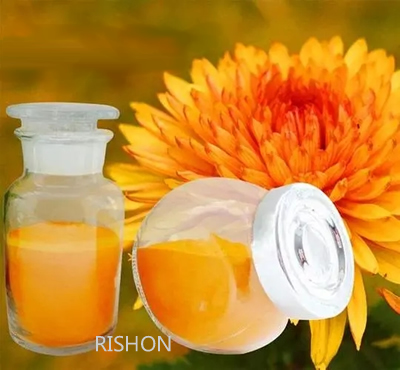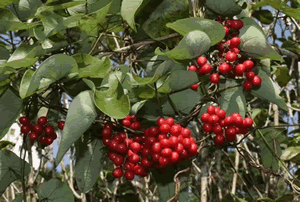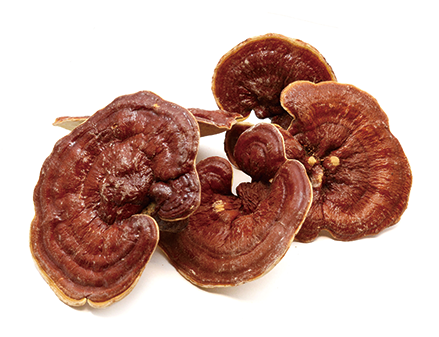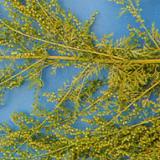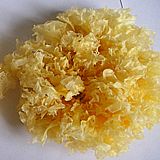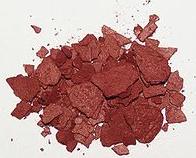Chlorophyll
Chlorophyll is a green photosynthetic pigment found in plants, algae, and cyanobacteria.
Chlorophyll absorbs mostly in the blue and to a lesser extent red portions of the electromagnetic spectrum, hence its intense green color.
Green substance in producers that traps light energy from the sun, which is then used to combine carbon dioxide and water into sugars in the process of photosynthesis Chlorophyll is vital for photosynthesis, which helps plants get energy from light.
Chlorophyll molecules are specifically arranged in and around pigment protein complexes called photosystems, which are embedded in the thylakoid membranes of chloroplasts.
There are actually 2 main types of chlorophyll, named a and b. They differ only slightly, in the composition of a sidechain (in a it is -CH3, in b it is CHO). Both of these two chlorophylls are very effective photoreceptors because they contain a network of alternating single and double bonds, and the orbitals can delocalise stabilising the structure. Such delocalised polyenes have very strong absorption bands in the visible regions of the spectrum, allowing the plant to absorb the energy from sunlight.


